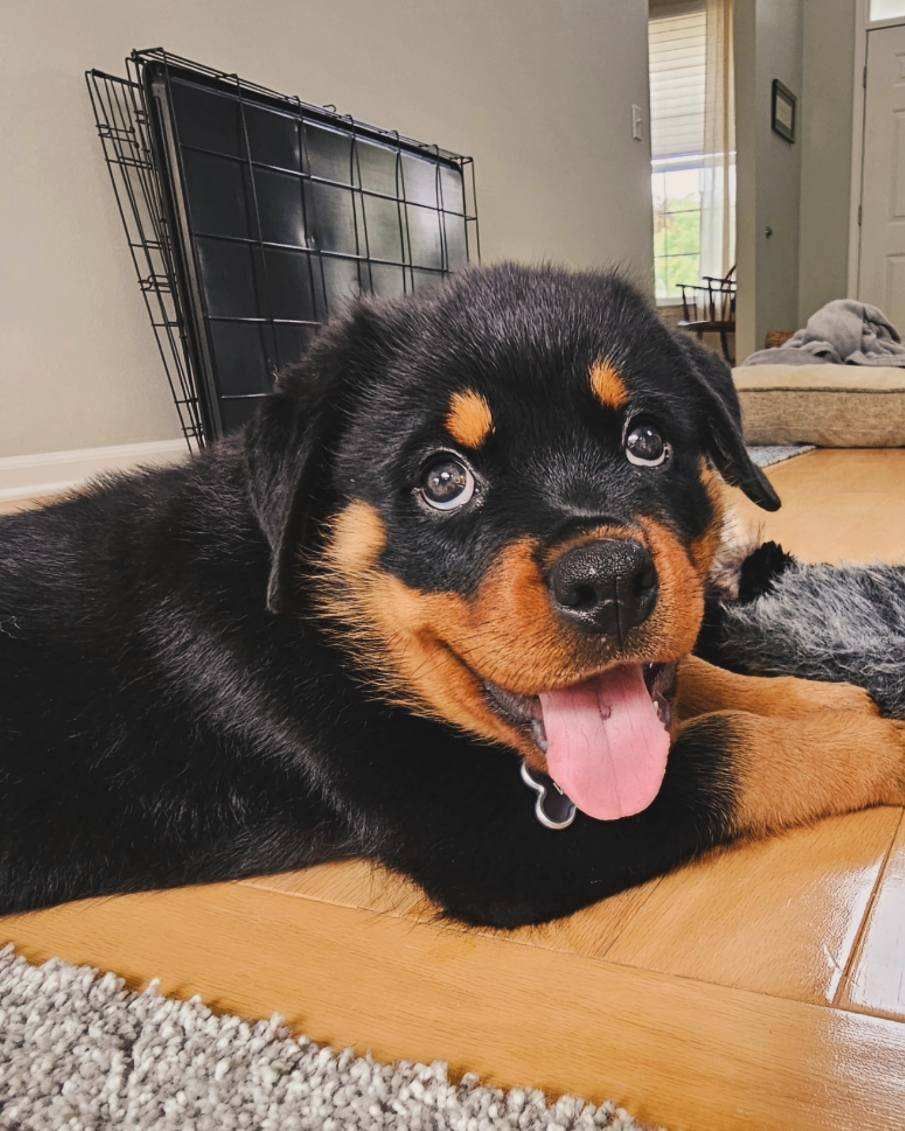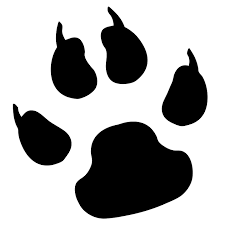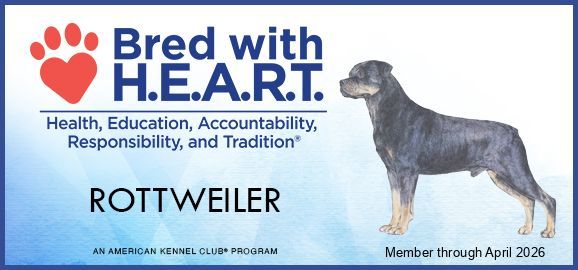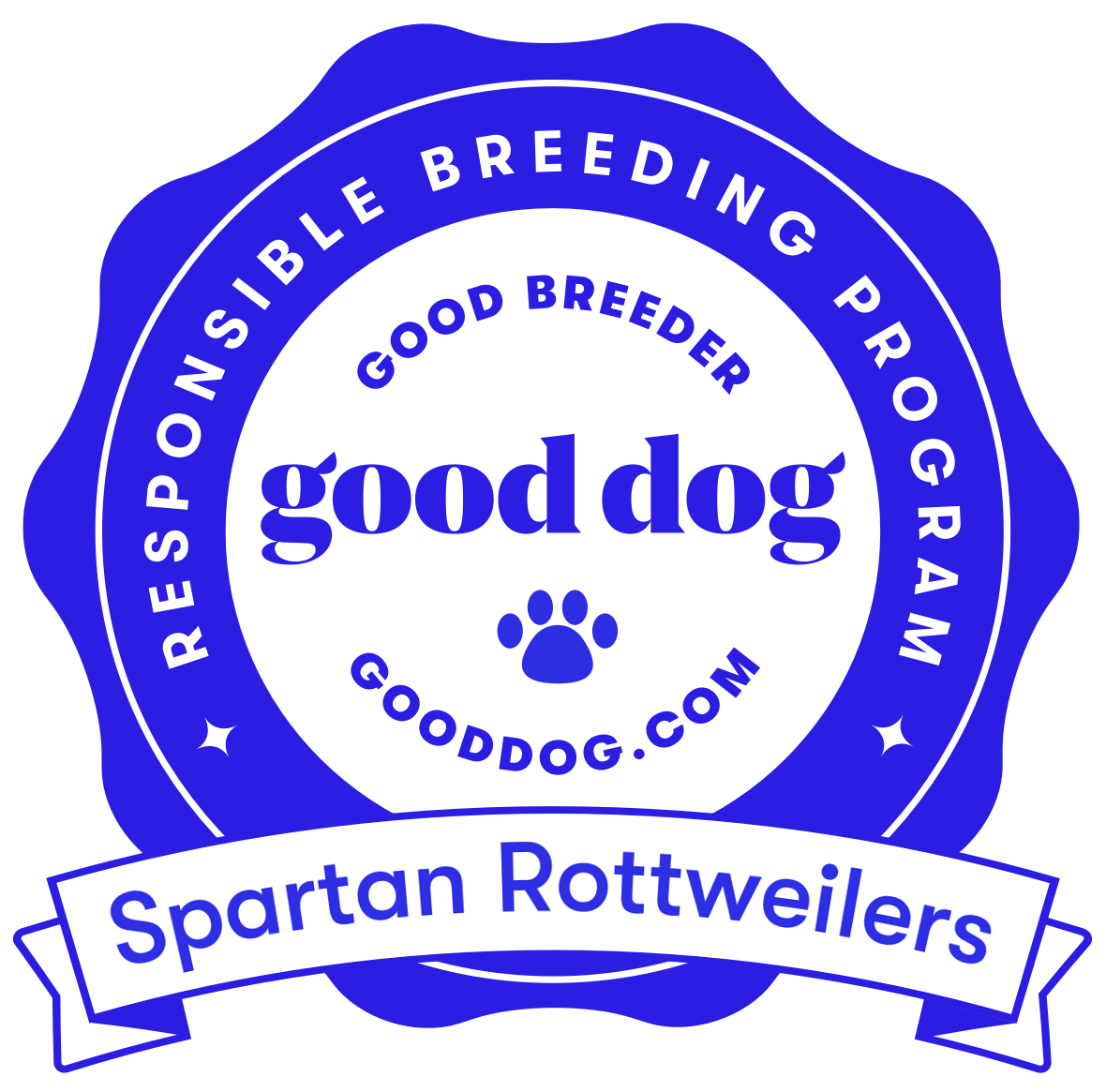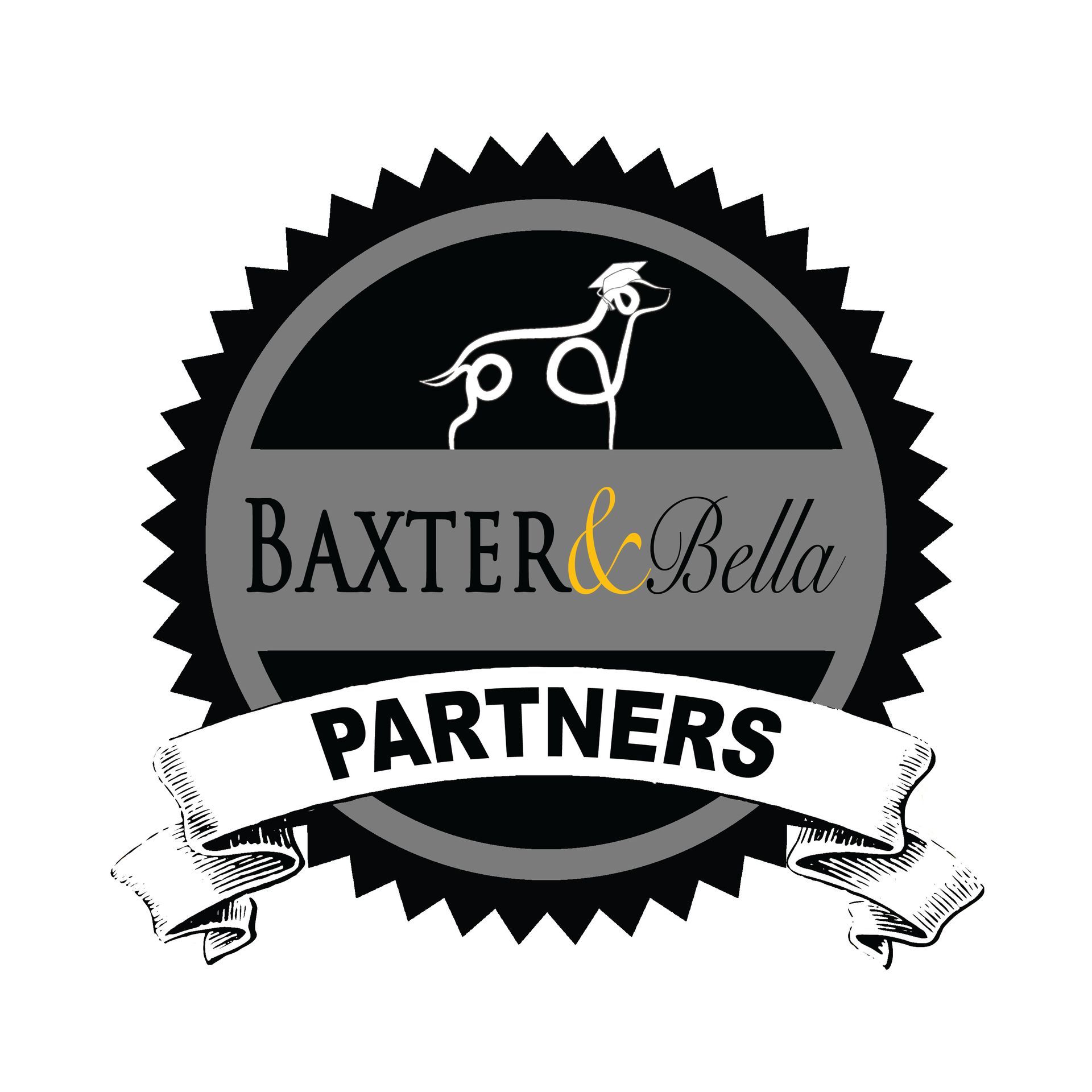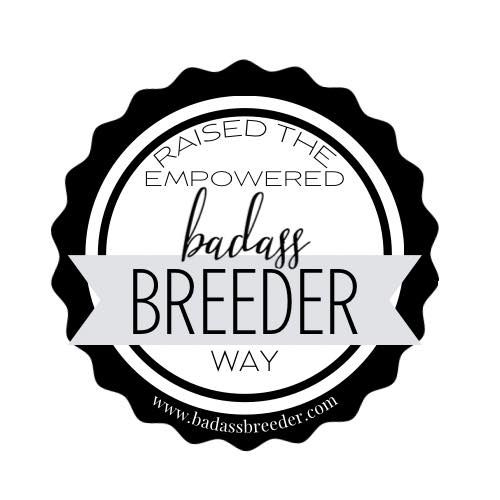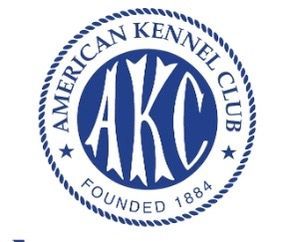Reading your dog's body language
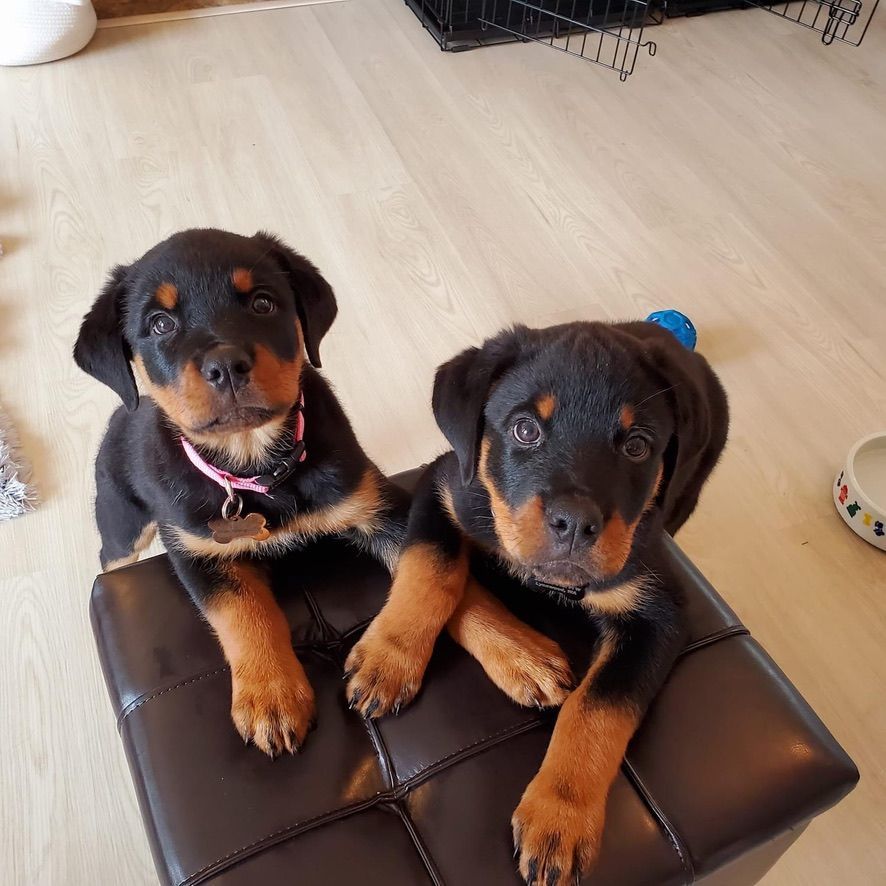
Reading Your Puppy’s Body Language
The more we are able to communicate with our puppy the better our relationship will be. While it is important to teach our puppy words such as sit, down, stay, come, leave it, etc., body language can also help us to understand one another. Our body language tells a puppy a lot! For example, when we want our puppy to come, backing away from our puppy, getting low, putting our hands palm up and not making eye contact are all things we can do with our bodies to help make our puppy want to come to us. Jumping dogs? Turning our backs to them with our arms crossed is a clear sign to them we don't like that behavior. What about our puppies? Are there things they try to tell us with their body? Here is a quick overview of what they are trying to tell us:
MOUTH:
• Dogs pant to reduce stress.
• It is easy for kids to see and recognize.
• Panting means they are dealing with their stress. They are handling it OK.
• A closed tight mouth means stay away. They are not handling the stress well.
• Licking lips and a yawn at the same time means your dog is feeling conflict.
• Open mouth with a loose tongue tells us the dog is relaxed and not feeling stressed.
EYES:
• Half-moon eye = anxiety (no exceptions)
• If you notice the half-moon eye, teach your kids to NOT approach the dog. As a parent intervene.
• This sometimes occurs if a puppy is guarding a bone or his food dish so do socialization exercises to
eliminate the guarding behavior.
• Offer a treat as a replacement for a bone, ALWAYS TRADE UP!
• If there is tension in the face or eyes, give your puppy space.
BODY
• Dogs generally do NOT like hugs (being held tightly around their necks)
• Dogs can be trained to tolerate them though.
• Hugs are the major cause of facial bites to kids.
• Scratch his chest or neck instead.
• Give affection on your dog’s terms. Sometimes he may just need quiet time.
• Loose, noodle-like body language tells us the dog is approachable.
• Tight, stiff, tense posture means they need space.
• A shake off when the dog is dry is their way of releasing tension.
TAIL:
• HAPPY: helicopter tail wagging, gentle or loose wag
• NOT HAPPY: high, stiff tail or tail between legs
Dogs communicate first through body language. If we do not get the message, they often escalate to a growl, then an air snap and finally a bite. Noticing what your dog is telling you at the body language stage helps alleviate further conflict. Determine the things that trigger your dog to feel stress and work to desensitize them to it. For example, if your puppy does not like being picked up and often growls at you when you do so, pair picking them up with a yummy treat! Doing this every time can change the way your dog feels about it. Try to make being picked up a pleasant experience and avoid picking them up when it is not necessary. If your puppy struggles when being picked up, be careful to only set them down once they relax so they learn that relaxing gets them put down, not struggling or growling.
